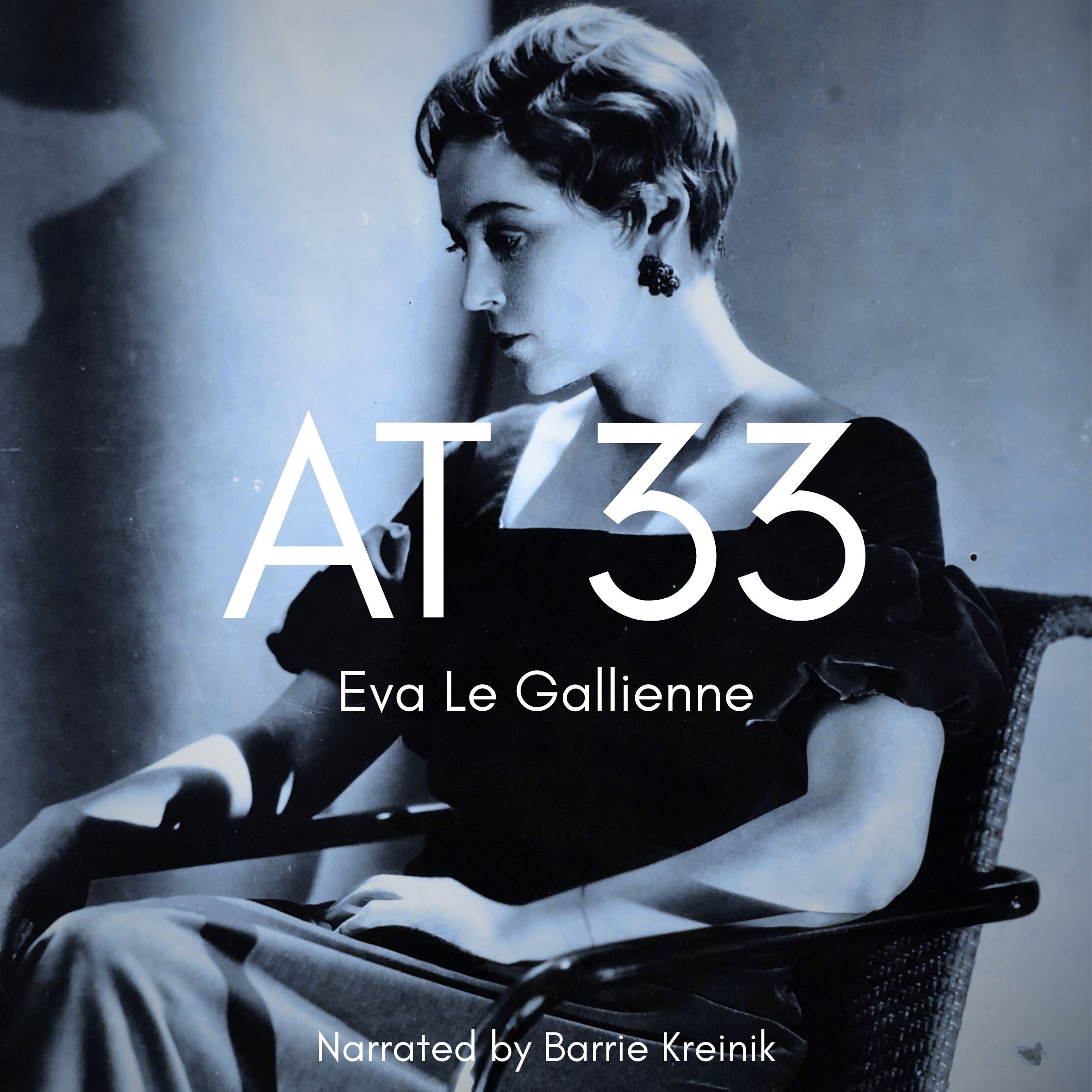Jiangsu 3
Listen to Jiangsu 3, a 21-year-old man from Qidong, Jiangsu Province, China. Click or tap the triangle-shaped play button to hear the subject.
Both as a courtesy and to comply with copyright law, please remember to credit IDEA for direct or indirect use of samples. IDEA is a free resource; please consider supporting us.
BIOGRAPHICAL INFORMATION
AGE: 21
DATE OF BIRTH (DD/MM/YYYY): 14/02/1989
PLACE OF BIRTH: Hehe, Qidong, Jiangsu Province
GENDER: male
ETHNICITY: Han Chinese
OCCUPATION: student
EDUCATION: At the time of the recording, the subject was in his third year at university.
AREA(S) OF RESIDENCE OUTSIDE REPRESENTATIVE REGION FOR LONGER THAN SIX MONTHS:
Subject came to live in Suzhou, Jiangsu, two and a half years before the date of the recording.
OTHER INFLUENCES ON SPEECH:
Subject was born and raised on the farmland to the east of Qidong City, in Jiangsu Province, on the north bank of the Yangtse estuary, and was not exposed to English speakers until coming to Suzhou to attend university at the age of 18. At university, he speaks Putonghua with the teachers and other students, but he has some friends there who also speak his native dialect. He began to learn English, with Chinese teachers, at his middle school at about age 11. His major at university is English, and, once again, his teachers are native Chinese, some of whom have been to the United States, UK or Australia. In his first two years at university, he had up to four hours a week of classroom exposure to native English speakers – Irish, American and Hungarian/Canadian.
The text used in our recordings of scripted speech can be found by clicking here.
RECORDED BY: Bill McCann
DATE OF RECORDING (DD/MM/YYYY): 05/04/2010
PHONETIC TRANSCRIPTION OF SCRIPTED SPEECH: N/A
TRANSCRIBED BY: N/A
DATE OF TRANSCRIPTION (DD/MM/YYYY): N/A
ORTHOGRAPHIC TRANSCRIPTION OF UNSCRIPTED SPEECH:
My hometown is Hehe town Qidong city. I came to Suzhou to study English in 2007. My university is Suzhou University of Science and Technology. I like travelling. (Ah) Because Suzhou is close to Shanghai and (ah) the Expo two thousand and (pause) ten will be held soon – so, I want to visit it. And (ah) many country’s sh – exhibition will be shown then, and then [pause] I can learn a lot from it. So, I also want to [pause] visit (ah) America, France, [pause] England and so on.
TRANSCRIBED BY: Bill McCann
DATE OF TRANSCRIPTION (DD/MM/YYYY): 05/04/2010
PHONETIC TRANSCRIPTION OF UNSCRIPTED SPEECH: N/A
TRANSCRIBED BY: N/A
DATE OF TRANSCRIPTION (DD/MM/YYYY): N/A
SCHOLARLY COMMENTARY:
Short readings from the analects of Confucius
The subject now goes on to read the following abstracts from the Analects of Confucius in his own Qidonghua dialect. A reading in Putonghua (Mandarin) can be heard on the China 15 sample.
Key: A = Mandarin (Simplified); B = Mandarin (Pingyin); C = Dialect (Pingyin); D = English.
孔子: 论语 – Kǒng zǐ : lún yǔ – Kong zi: len yi – Confucius: Lun Yu
學而第一 – xué ér dì yī – xue er di ye – Chapter One
A: 1-1:- 子曰: 學而時習之、不亦說乎。
B: yī-yī :- zǐ yuē: xué ér shí xí zhī, bù yì yuè hū.
C: ye-ye :- zi ya: xue er shi xi zi , be yi yo hu.
D: 1-1:- The Master said: Is it not pleasure to learn, and practice what is learned time and again?
A: 1-2:- 有朋自遠方來、不亦樂乎。
B: yī-èr:- yǒu péng zì yuǎn fāng lái, bù yì lè hū.
C: ye-lian:- you pan zi yue fang lai, be yi luo hu.
D: 1-2:- Is it not happiness to have friends coming from distant places?
A: 1-3:- 人不知而不慍、不亦君子乎。
B: yī-sān: rén bù zhī ér bù yùn, bù yì jūn zi hū.
C: ye-se: ren be zi er be ying, be yi jen zi hu.
D: 1-3:- Is it not virtue for a man to feel no discomposure when others take no note of him?
為政第二 – wéi zhèng dì èr – Fi zhen di ni – Chapter two
A: 2-2:- 子曰:「詩三百,一言以蔽之,曰:『思無邪』。
B: èr-èr:- zǐ yuē: shī sān bǎi, yī yán yǐ bì zhī , yuē: sī wú xié.
C: lian-lian:- zi ya: si se ba, yi yan yi bi zi , ya: si wu xia.
D: 2-2:- The Master said: In the Book of Odes there are three hundred poems, but they may be summarized in a single sentence: Think no evil.
A:2-7:- 子游問孝。子曰:今之孝者,是謂能養。至於犬馬,皆能有養;
不敬,何 以別乎。
B: èr-qī:- zǐ Yóu wèn xiào. zǐ yuē: jīn zhī xiào zhě, shì wèi néng yǎng. zhì wū quǎn mǎ, jiē néng yǒu yǎng; bù jìng, hé yǐ bié hū.
C: : lian-qie:- zi you wen xiao. zi ya: jin zi xiao ze, si wei nen yan. zi yi que mo, jie nen you yan; be jin, hu yi bi hu.
D: 2-7:- Zi You asked what filial piety was. The Master said: Nowadays, providing support for one’s parents is considered filial piety. But dogs and horses can also do this. If there is no respect, what is the difference?
A: 2-10:- 子曰:「視其所以,觀其所由,察其所安。人焉叟哉?人焉叟哉?
B: èr-shí :- zǐ yuē: shì qí suǒ yǐ , guān qí suǒ yóu, chá qí suǒ ān. rén yān sǒu zāi? rén yān sǒu zāi?
C: lian-si :- zi ya :si qi su yi, gue qi su you, ca qi su an. ren yan sou zai ? ren yan sou zai?
D: 2-10:- The Master said: Watch what a man does. Find out his motives. See how he takes his ease. How then can the man hide his true self? How can the man hide his true self?
COMMENTARY
The subject was raised on the farmland to the east of Qidong city, on the north bank of the Yangtse estuary. This area was reclaimed from the Yangtse and East China Sea/Yellow Sea confluence during the 18th Century (Early Qing Dynasty) and settled by two distinct groups of migrants. People from north China settled on the western part, while migrants from Ningbo, in Zhejian province to the south, settled in the east. The two dialects (Tondonghua in the west and Qidonghua in the east ) survive today and are not mutually intelligible. Qidonghua is spoken by the majority of people in the area and is similar to the Shanghai dialect. They are largely mutually intelligible. Both belong to the Taihu Wu (Northern Wu) group of dialects.
Noticeable characteristics, which can be heard on the recordings, are the transposition of the /s/ – /ʃ/, /z/ – /dʒ/, and /m/ – /n/ minimal pairs. There are many examples of these, including Sanghai for Shanghai, Suzou for Suzhouand sonday for someday, fron for from, etc. There is also a tendency to replace /ʒ/ with /s/, as in the word “measure” in the scripted recording. Additionally, once can hear the “standard” Asian pronunciation problems with “v-w” (“wisit” in the unscripted speech) and “r-l,” for example.
COMMENTARY BY: Bill McCann
DATE OF COMMENTARY (DD/MM/YYYY): 05/04/2010
The archive provides:
- Recordings of accent/dialect speakers from the region you select.
- Text of the speakers’ biographical details.
- Scholarly commentary and analysis in some cases.
- In most cases, an orthographic transcription of the speakers’ unscripted speech. In a small number of cases, you will also find a narrow phonetic transcription of the sample (see Phonetic Transcriptions for a complete list). The recordings average four minutes in length and feature both the reading of one of two standard passages, and some unscripted speech. The two passages are Comma Gets a Cure (currently our standard passage) and The Rainbow Passage (used in our earliest recordings).
For instructional materials or coaching in the accents and dialects represented here, please go to Other Dialect Services.
 IDEA: International Dialects of English Archive
IDEA: International Dialects of English Archive



